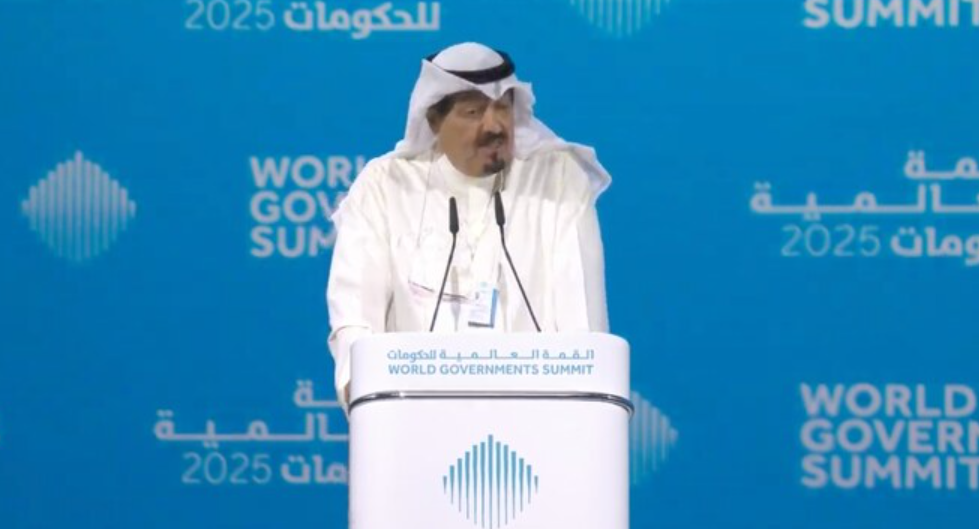Oil Prices Edge Up in Asian Trade, But Set for Third Consecutive Weekly Decline Amid Trade Tensions
Singapore, February 7, 2025 (Reuters) – Oil prices saw a modest increase in early Asian trade on Friday but were still on track to register their third consecutive week of decline, weighed down by renewed trade tensions and concerns over U.S. tariffs.
Brent crude futures rose by 52 cents to $74.81 a barrel as of 0735 GMT, while U.S. West Texas Intermediate (WTI) crude climbed 44 cents to $71.05 a barrel. Despite the slight uptick, both benchmark prices were poised to fall by around 2.5% and 2%, respectively, over the course of the week.
The downward pressure on oil prices has been largely attributed to the latest developments in U.S.-China trade relations. U.S. President Donald Trump’s renewed trade rhetoric, which includes threats of tariff hikes on China and potentially other countries, has sparked concerns over global economic growth and demand for energy. Market participants are particularly wary of the potential negative impact on oil consumption if trade disruptions escalate further.
Analysts have pointed to the ongoing trade uncertainties as a key factor affecting investor sentiment, overshadowing other factors that might normally support oil prices, such as production cuts by major oil-producing countries and stronger-than-expected demand from certain regions.
The combination of trade tensions, rising geopolitical risks, and a potential slowdown in global economic activity has led to cautious market sentiment. Despite these concerns, some traders remain optimistic that the oil market will stabilize once the dust settles on trade negotiations.
As the week draws to a close, attention will likely turn to upcoming economic data and any potential updates from key international bodies, including the Organization of the Petroleum Exporting Countries (OPEC), which has been closely monitoring global oil supply and demand dynamics.
For now, oil prices remain under pressure, with traders awaiting further clarity on trade and economic policies that could shape market trends in the near future.














Post Comment